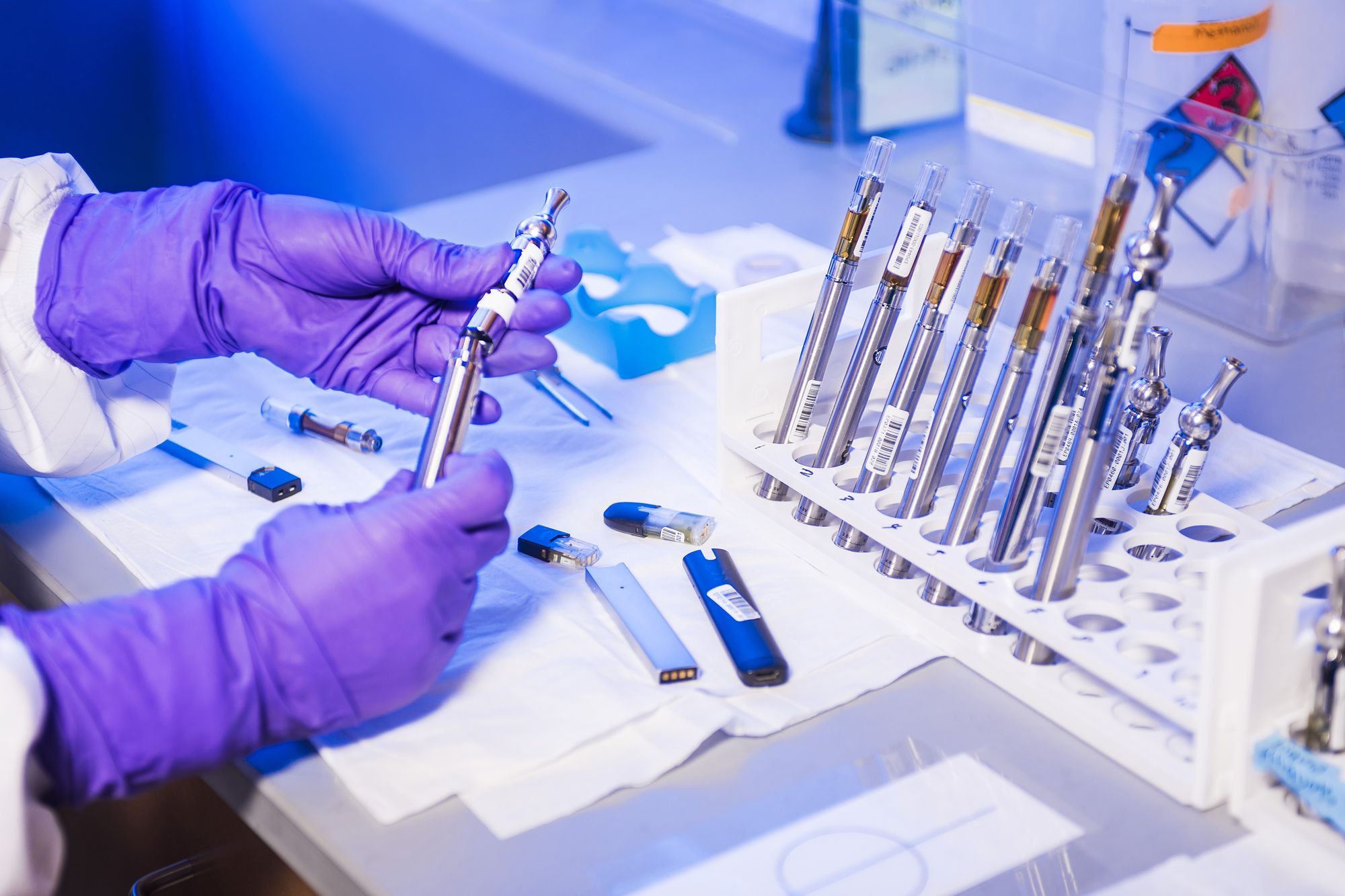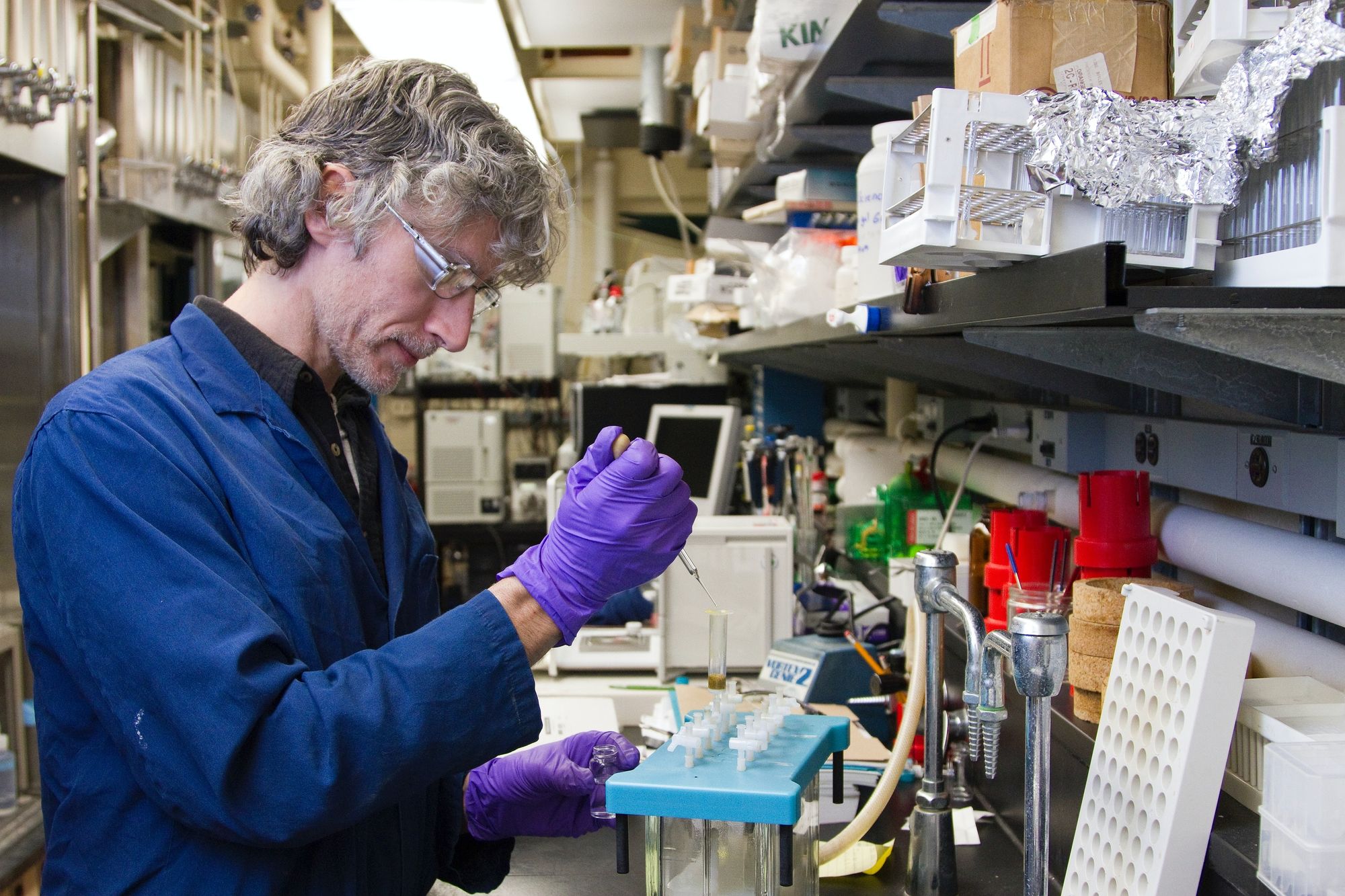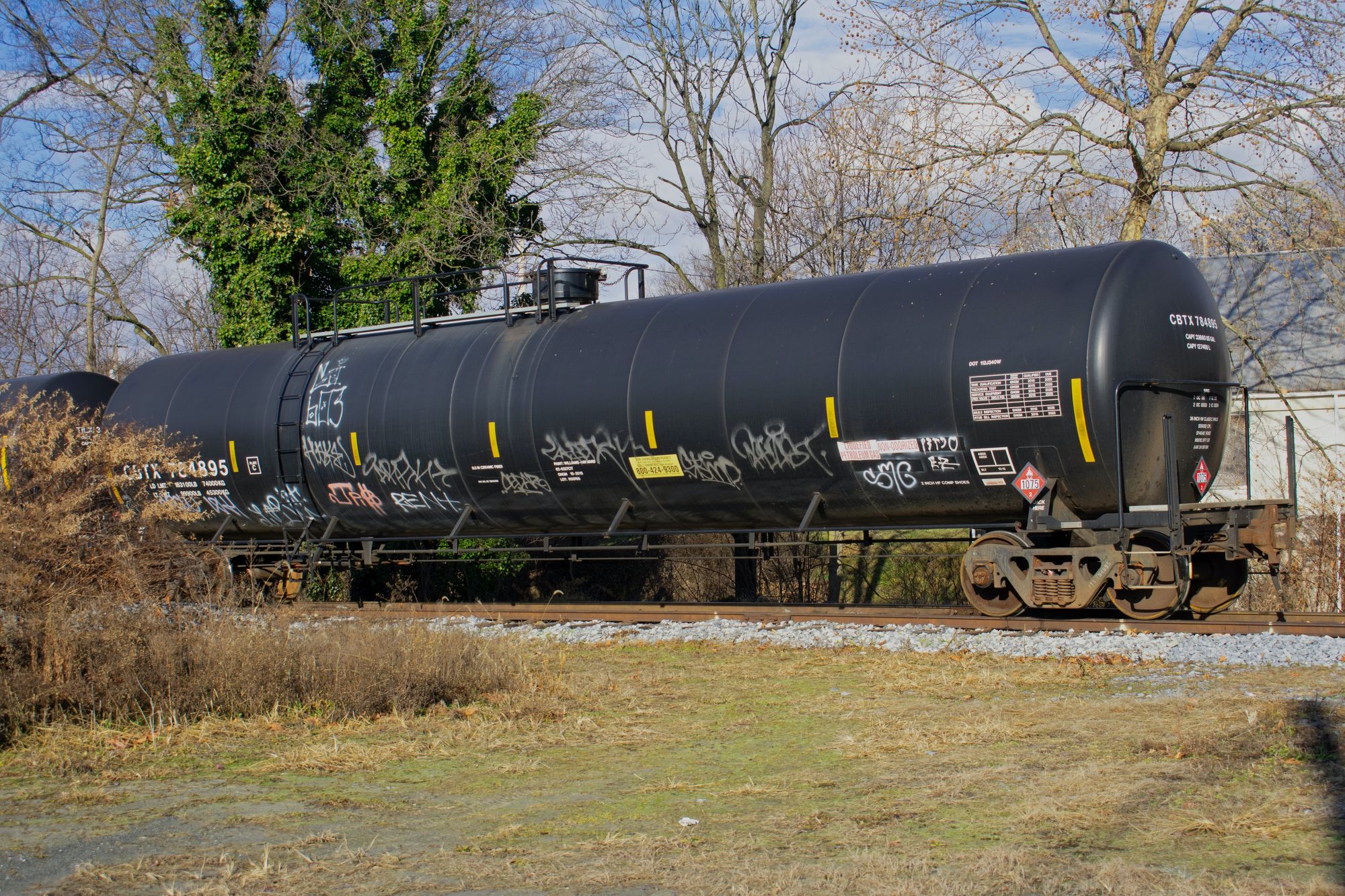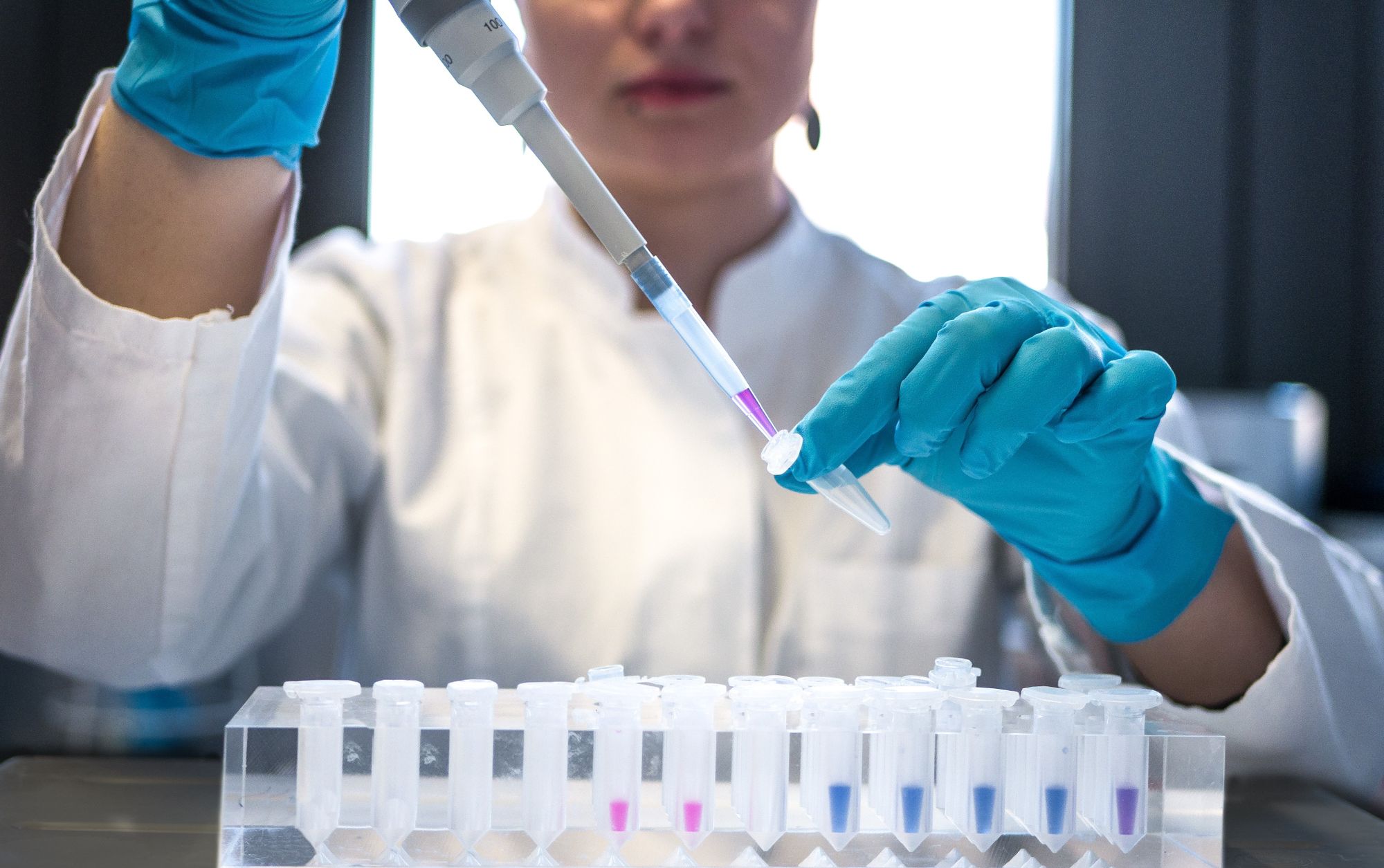There has been a growing focus on process safety in the chemical manufacturing industry in recent years. According to the US Chemical Safety Board (CSB), the number of chemical incidents in the US has decreased by over 50% since the 1990s.
As the chemical manufacturing industry evolves, new technologies and practices are emerging that can help improve process safety. In this article, we'll explore some of the latest trends in process safety for chemical manufacturing in the US, including advances in automation, digitalization, and safety culture.

One of the most significant trends in process safety is the increasing use of automation and digitalization.
Automation technologies, such as sensors, controls, and robotics, can help reduce the risk of human error and increase safety in chemical manufacturing processes. For example, automated safety systems can quickly detect and respond to potential hazards, such as leaks or fires, before they become major incidents.
Here's what we shall cover in this post:
- Importance of Process Safety in Chemical Manufacturing
- Identifying and Managing Hazards
- Evaluating Process Safety Performance in Chemical Manufacturing
- Advances in Technology for Chemical Process Safety
- How Deskera Can Assist You?
- Conclusion
- Key Takeaways
Importance of Process Safety in Chemical Manufacturing
Process safety is an essential aspect of chemical manufacturing that ensures the prevention and mitigation of potential hazards that could harm employees, equipment, and the environment. In this section, we will discuss the importance of process safety in chemical manufacturing in simple sentences, in points.
- Protecting employees: The primary objective of process safety is to protect employees by minimizing the risk of accidents and injuries. Chemical manufacturing processes often involve hazardous materials and equipment, and process safety measures are designed to protect employees from exposure to these hazards.
- Equipment protection: Process safety also protects equipment and infrastructure from damage or failure. This can include measures such as regular maintenance, inspection, and testing to ensure that equipment is functioning correctly and that potential issues are identified and addressed promptly.
- Preventing environmental damage: The chemical manufacturing industry can significantly impact the environment. Process safety measures can help prevent spills, leaks, and other incidents that could cause environmental damage, including air and water pollution.
- Compliance with regulations: Process safety is also critical for ensuring compliance with regulatory requirements, such as the Occupational Safety and Health Administration (OSHA) Process Safety Management standard or the Environmental Protection Agency (EPA) Risk Management Plan regulation.
- Reputation and financial impact: Chemical manufacturing companies that prioritize process safety can build a positive reputation and avoid costly incidents that could have a significant financial impact. Accidents or incidents can result in legal fees, regulatory fines, and company reputation damage.
- Continuous improvement: Process safety is not a one-time task; it requires continuous improvement to identify potential hazards and implement new measures to mitigate risks. A strong process safety culture involves ongoing training, education, and communication to ensure that all employees understand the importance of process safety and their role in maintaining a safe workplace.
Identifying and Managing Hazards
Hazard Identification
Identifying hazards is the first step in managing them effectively. It involves a comprehensive evaluation of the potential risks associated with each stage of the manufacturing process, including raw materials, equipment, and personnel.
This step requires a thorough understanding of the chemistry involved and the properties of each chemical used in the process.
Risk Assessment
Once hazards have been identified, a risk assessment must be conducted to determine the likelihood and severity of each hazard. This step involves examining the potential consequences of each hazard and developing strategies to mitigate the risks. It may also include identifying backup systems and procedures in case of an emergency.
Process Design
Process design plays a critical role in hazard identification and management. When designing a chemical manufacturing process, it is essential to consider the potential hazards and take steps to minimize or eliminate them.
This may involve selecting less hazardous materials, designing equipment to minimize the risks associated with chemical reactions, and implementing safety features such as pressure relief systems and emergency shutdown procedures.
Training and Education
Proper training and education are one of the most critical components of managing hazards in chemical manufacturing. All workers involved in the manufacturing process must be trained to identify and manage hazards effectively.
They must understand the properties of each chemical used in the process and the safety procedures that must be followed to minimize risk.
Regular Audits and Inspections
Regular audits and inspections are essential to maintaining a safe working environment. These procedures help identify potential hazards that may have been missed during initial hazard identification and risk assessment.
They also ensure that safety procedures and equipment are functioning correctly and being used correctly by personnel.
Evaluating Process Safety Performance in Chemical Manufacturing
Here are some key points to consider when assessing process safety performance in chemical manufacturing:
Establish a safety culture: A strong safety culture is the foundation of effective process safety performance. This involves promoting safety as a core value and incorporating it into the company's mission, vision, and values.
Employees at all levels of the organization should be involved in safety initiatives and encouraged to report incidents or near-misses.
Define performance indicators: Measuring performance is essential to identify areas for improvement. It is crucial to establish relevant metrics and targets to monitor safety performance.
These metrics should align with the company's safety objectives and be regularly reviewed and updated to ensure they remain relevant.
Conduct audits and inspections: Regular audits and inspections of equipment, procedures, and work environments can help identify potential hazards and ensure that safety protocols are being followed.
The results of these audits should be analyzed and corrective actions implemented promptly.
Analyze incident data: Analyzing incident data can help identify trends and patterns that may indicate systemic issues in the safety management system.
Incident data should be tracked, analyzed, and regularly reported to ensure that corrective actions are implemented to prevent a recurrence.
Review and update safety procedures: Safety procedures and protocols should be reviewed and updated regularly to ensure that they are effective and up-to-date with the latest safety regulations and best practices.
Employee input should be considered during the review process to ensure that the procedures are practical and can be implemented effectively.
Provide regular training: Regular safety training for employees is crucial to ensure that they understand the risks associated with their work and know how to use safety equipment and procedures correctly.
Training should be provided for new employees and as a refresher for existing employees.
Encourage open communication: Encouraging open communication between employees and management can help identify potential hazards and improve safety performance. Employees should be encouraged to report safety concerns, incidents, and near-misses without fear of retaliation.
Advances in Technology for Chemical Process Safety
Internet of Things (IoT)
Chemical companies have adopted the IoT to monitor various factors that contribute to safety, such as temperature, pressure, and flow rates. By utilizing connected sensors and devices, IoT enables real-time production process monitoring, alerting operators of any anomalies or potential safety risks.
Robotics and Automation
Using robotics and automation in the chemical industry has allowed for safer handling of hazardous materials, reducing the risk of human error. Automated systems can monitor and control the manufacturing process, providing accurate and consistent results while minimizing workers' exposure to hazardous chemicals.
Artificial Intelligence (AI)
AI has the potential to revolutionize chemical process safety. Machine learning algorithms can analyze vast amounts of data from sensors and other sources to identify patterns and detect anomalies that could pose safety risks.
This enables operators to identify potential safety risks before they occur, allowing for proactive safety measures.
Virtual Reality (VR)
Virtual reality is a powerful tool for training workers in hazardous environments. VR simulations can replicate realistic scenarios that allow workers to practice safety procedures in a controlled environment, reducing the risk of accidents and injuries on the job.
Advanced Analytics
Advanced analytics tools such as predictive modeling and simulation software allow for better safety analysis and decision-making. These tools can simulate various scenarios and predict potential safety hazards, enabling operators to take proactive measures to prevent accidents before they occur.
Drones
Drones are increasingly used in chemical process safety to inspect hard-to-reach areas or hazardous environments. This technology allows for safer and more efficient inspections of equipment and facilities, reducing the need for workers to enter hazardous areas.
How Deskera Can Assist You?
Deskera MRP allows you to closely monitor the manufacturing process. From the bill of materials to the production planning features, the solution helps you stay on top of your game and keep your company's competitive edge.

Deskera ERP and MRP system can help you:
- Manage production plans
- Maintain Bill of Materials
- Generate detailed reports
- Create a custom dashboard
Deskera ERP is a comprehensive system that allows you to maintain inventory, manage suppliers, and track supply chain activity in real-time, as well as streamline a variety of other corporate operations.
Deskera Books enables you to manage your accounts and finances more effectively. Maintain sound accounting practices by automating accounting operations such as billing, invoicing, and payment processing.
Deskera CRM is a strong solution that manages your sales and assists you in closing agreements quickly. It not only allows you to do critical duties such as lead generation via email, but it also provides you with a comprehensive view of your sales funnel.
Deskera People is a simple tool for taking control of your human resource management functions. The technology not only speeds up payroll processing but also allows you to manage all other activities such as overtime, benefits, bonuses, training programs, and much more. This is your chance to grow your business, increase earnings, and improve the efficiency of the entire production process.
Conclusion
Process safety is a critical aspect of chemical manufacturing that cannot be ignored. The changing nature of the industry, technological advances, and emerging risks requires a proactive approach to protect workers, communities, and the environment.
This article has explored some of the trends in process safety for chemical manufacturing, including the increased use of digital tools, the adoption of new regulations, the importance of human factors, and the need for a strong safety culture.
These trends have highlighted the importance of collaboration, continuous improvement, and a proactive approach to safety management. Companies that can adopt these trends and make them part of their safety management systems will be better positioned to manage risks, ensure compliance, and protect their workers and communities.
Overall, chemical manufacturing companies must prioritize process safety to ensure chemical products' safe and sustainable production. By leveraging the latest trends and best practices, companies can improve their safety performance and contribute to a safer and more sustainable future for all.
Key Takeaways
- Process safety is a top priority for chemical manufacturers, and the industry has made significant strides in improving safety performance in recent years.
- Advances in technology have led to the development of new tools and techniques for analyzing and managing process safety risks.
- One of the most promising trends in process safety is the use of digital twins, virtual replicas of physical systems that can be used to simulate and analyze potential safety scenarios.
- Another trend is the increased focus on human factors and human behavior's role in process safety incidents.
- Process safety management (PSM) systems are becoming increasingly important, providing a framework for identifying, analyzing, and managing process safety risks.
- Real-time monitoring and control systems can help identify and mitigate potential process safety hazards before they escalate.
- A strong safety culture is critical for maintaining safe operations, and many chemical manufacturers are investing in training and education programs to promote a safety culture.
- Risk-based approaches to process safety management are becoming more prevalent, with companies focusing their resources on the most critical risks.
Related Articles













